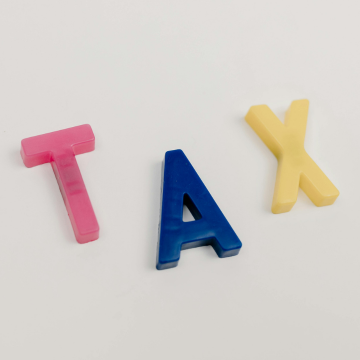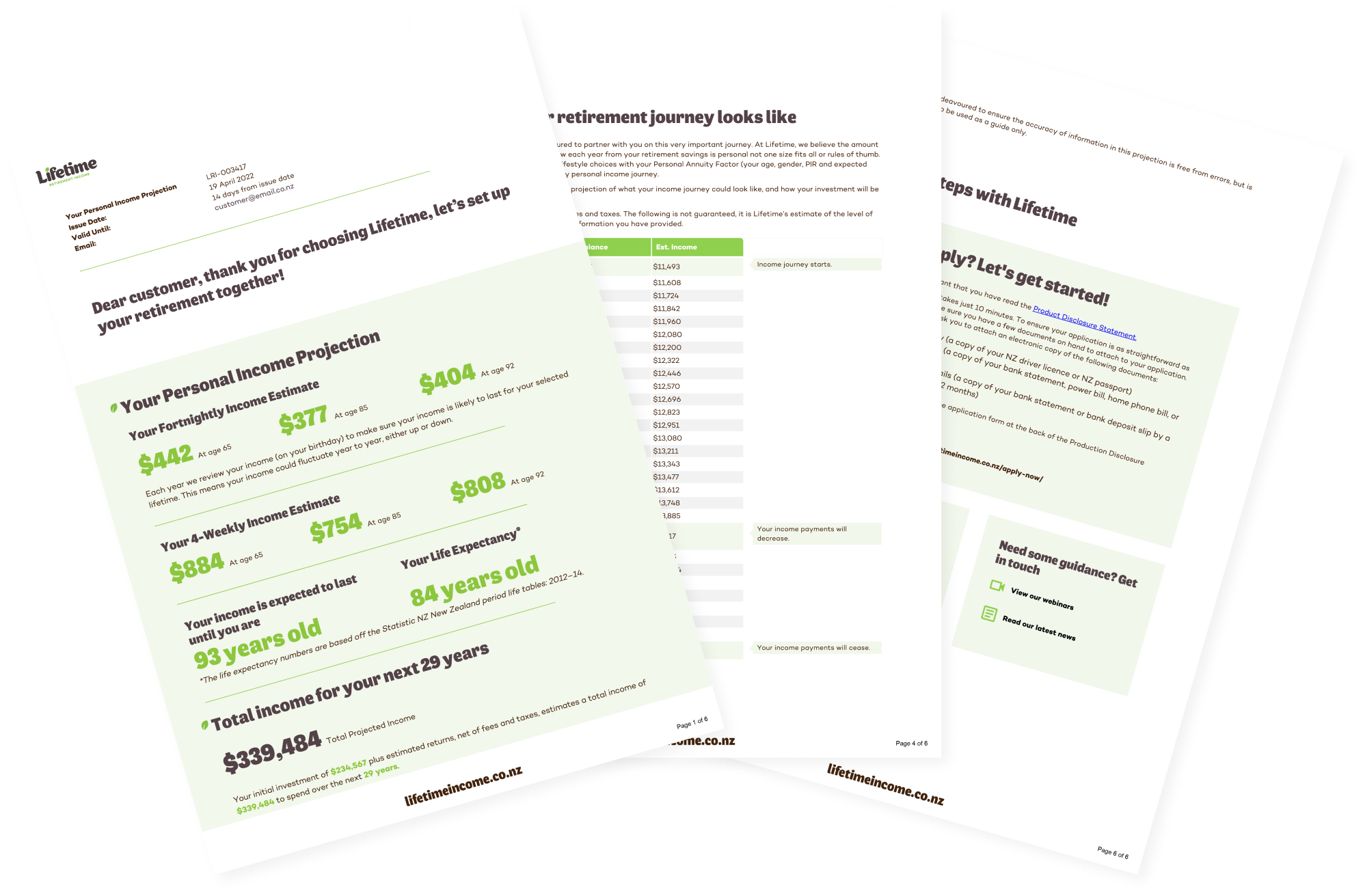Retirement Life
11 November 2025
Ten things you should know about Labour’s proposed CGT
If you’ve ever sold a rental, a bach, or a small business property, Labour’s recent capital gains tax (CGT) proposal probably piqued your interest. If Labour wins next year’s general election they’ve pledged to introduce a 28% tax on the sale of residential and commercial property (excluding family homes, farms, KiwiSaver, business assets, and inheritances), from 1 July 2027.
Basically, it means that if you sell an investment or commercial property in the future for more than it’s worth on 1 July 2027, you’ll share part of that gain with the government.
While it’s currently more proposal than policy, with plenty of unknowns, what could a CGT like this mean for you? Here are ten key things to know.
1. It’s a bright-line test by another name
The proposed CGT is a more focused, moderate measure aimed at property wealth rather than business or investment income, far from a sweeping CGT desired by some on the political spectrum.
Tax expert Robin Oliver, former deputy commissioner of the IRD and member of the 2018-2019 Tax Working Group (TWG), describes the policy as “basically a CGT lite…and more of what we already have.”
“It’s more of an extension of the bright-line test,” he says. “We’ve had that system for years, this just makes it indefinite and extends it to commercial property.”
In other words, it takes the familiar bright-line rules (which currently taxes non-owner-occupied residential property gains made within two years of purchase) and removes the time limit. If you sold a taxable property in 2047, you’d still pay tax on the gain made since July 2027.
2. Your family home is safe…unless…
The CGT proposal excludes your “main home”. But the devil is in the definition. If you rent out part of your home — say, a self-contained flat — and more than half the property is used for rental income, part of your gain could be taxed. The proposed rules around this are still unclear and would likely be refined further prior to any CGT being implemented.
The same goes if you move out for several years, rent the house, and later move back in. Current rules say you must live in your home for at least half the time you’ve owned it to claim the main home exemption. Live away longer than that and you could be treated as an investor, even if you only own one house.
Again, this rule would require more clarification. For instance, Oliver points out that the TWG recommended that any tax on sale in this case be only for the period you were not living in the home as your main residence.
Request your free info pack today!

3. There’s a four-year grace period for temporary moves
There’s some breathing room. If you moved for work, took an overseas posting, or cared for a relative elsewhere, you’d have up to four years away from your main home before it lost its tax-free status. After that, the clock starts ticking and any gain from 1 July 2027 onwards could become taxable.
4. The tax won’t apply to past gains
The CGT wouldn't be retrospective. It would only apply to gains made after 1 July 2027. Property owners would have five years to obtain an official valuation as at that date, which sets the “starting line” for future tax calculations. For example, if your rental is valued at $800,000 in 2027 and sells for $900,000 in 2030, you’ll pay 28% tax on the $100,000 gain.
5. Keep your receipts
Labour has said Inland Revenue will issue clear guidelines on valuations, allowable costs, and improvements. But holding costs like rates or interest wouldn't be deductible from your gain. You’d need proof of any capital improvements (like a new roof or kitchen) to claim them against your eventual sale price.
6. Death is not a trigger
Inherited property wouldn't trigger CGT at the time of death. Transfers between spouses or de facto partners (after a split, for example) would also be exempt. However, if heirs later sell the inherited property and it’s taxable, they’ll owe CGT on any gain in value since they became the owner. So, if you leave the family bach to the kids, they wouldn’t pay tax straight away, but they might when they eventually sell it.

7. It includes commercial property (but not farms)
Labour’s version of CGT is deliberately narrow. It specifically excludes farms, for instance. But it does capture gains on commercial property, including offices and shops.
8. The revenue will fund free GP visits
Labour estimates the tax would eventually raise around $700 million annually, with every dollar being funnelled into the public health system. Specifically, the tax would fund three free GP visits a year for every Kiwi through a new Medicard scheme, an initiative party leader Chris Hipkins calls “the most progressive change to our tax system in a generation.” The hope is that removing affordability barriers to early medical attention could help ease pressure on urgent care and hospital beds further down the track.
9. It’s a work in progress
Robin Oliver notes a couple of areas where more detail is required.
“It’s not clear whether industrial property would be included. If it was, that could discourage investment in factories and local business infrastructure,” he says.
“[And] other countries’ CGT generally has rollover relief, for the situation where you sell an asset and buy a similar asset. Otherwise, if you have a business and you sell the property to buy another for the same business, you haven’t made any money, so if you have to pay 28% of the proceeds to the government, you end up with no money to expand the business,” he said.
10. It’s unlikely to shake the housing market
Would the tax make house prices fall? Probably not.
Oliver notes that the 10-year bright-line test, which taxed investment property gains, “didn’t have a demonstrable impact on property values.”
With only one in ten New Zealanders owning investment or commercial property, the number directly affected is relatively small. If you own one home and no rental or commercial properties, you’re almost certainly in the clear.
Basically, little will change for most of us…unless your nest egg includes more than one roof.

Project your retirement income.
Invest with Lifetime for a retirement income managed for living.
